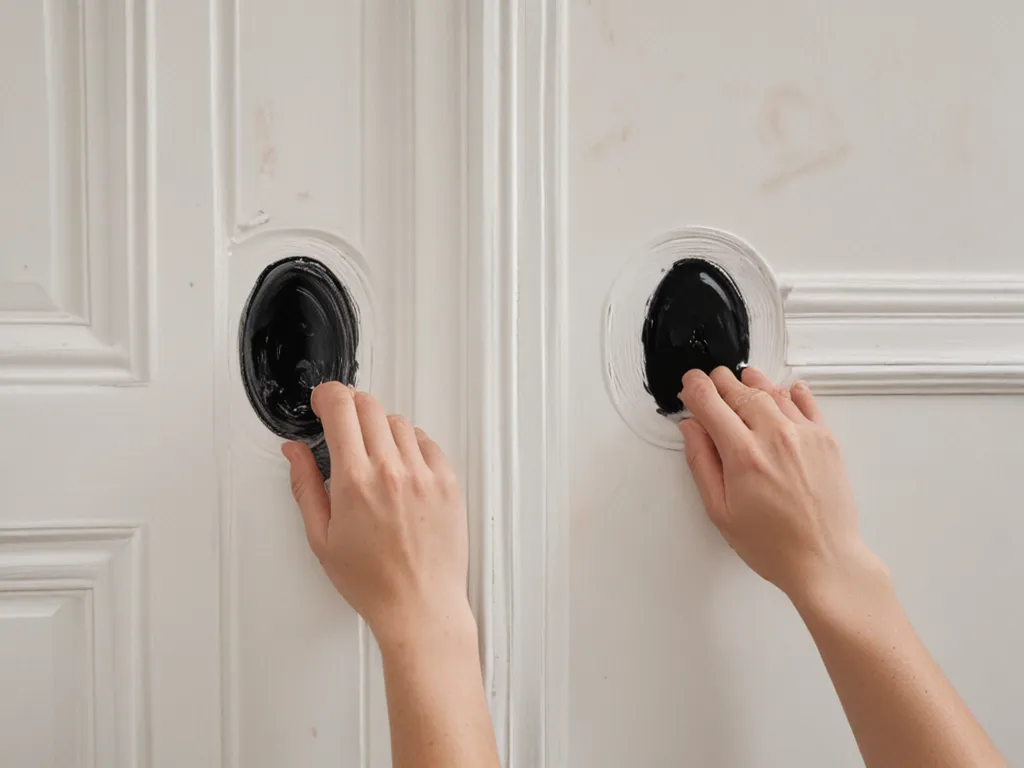Having clean doors and cabinets can make a huge difference in the overall appearance of your home. Over time, fingerprints, smudges, and grime can build up and make surfaces appear dull and dirty. Fortunately, removing fingerprints and smudges from doors and cabinets is easy with the right cleaning methods and products.
Cleaning Supplies You’ll Need
Before getting started, make sure I have the necessary cleaning supplies on hand:
- Microfiber cloths or paper towels
- Glass cleaner
- All-purpose cleaner
- Rubbing alcohol
- Olive oil or baby oil (for wood cabinets)
Preparing the Surface
Proper preparation is key to achieving the best results when cleaning doors and cabinets. Here are a few tips:
- Remove any dust or loose dirt by lightly wiping the surface with a dry microfiber cloth or paper towel before cleaning. This prevents debris from scratching the surface.
- For glass doors or cabinet fronts, use glass cleaner or a mix of equal parts vinegar and water. Spray it directly onto the glass and wipe clean with a paper towel.
- For painted cabinetry, an all-purpose household cleaner works well. Spray or apply it directly to the surface.
- For wood cabinets, use a small amount of olive oil or baby oil applied to a soft cloth. This helps condition the wood while lifting dirt.
Removing Fingerprints and Smudges
With the surface prepped, I can now easily tackle fingerprints, oily smudges, and soap scum. Here are the best methods:
Rubbing Alcohol
Rubbing alcohol is highly effective at breaking down fingerprints and oily residue.
- Pour some onto a microfiber cloth.
- Gently wipe the areas with fingerprints, doing a small area at a time.
- Buff dry with a clean cloth.
The alcohol quickly dissolves fingerprints and leaves the surface streak-free.
Dish Soap
For soap scum or fatty smudges, dish soap is a handy cleaner.
- Add a couple drops of dish soap to a wet sponge.
- Wipe down the entire surface with the soapy sponge.
- Rinse thoroughly with clean water and dry with a cloth.
Dish soap is designed to cut through grease, so it tackles smudges easily without leaving a residue.
Baking Soda
For a non-toxic option, baking soda works to absorb oil and lift dirt.
- Make a paste with baking soda and water.
- Rub the paste onto smudges using a damp cloth or sponge.
- Rinse and dry the surface thoroughly after cleaning.
Baking soda has gentle abrasive properties to lift stubborn grime without scratching.
Polishing and Protecting the Surface
Once fingerprints and smudges are removed, go over the surface one more time to leave a polished, protected finish:
- For wood cabinets, apply a thin coat of furniture polish or beeswax with a soft cloth. This nourishes the wood and adds shine.
- Glass cleaner used on a paper towel will remove any leftover streaks on glass doors and leave them sparkling.
- Wipe painted cabinets with a microfiber cloth to remove any water spots and leave a streak-free shine.
Proper maintenance can keep doors and cabinets looking their best. Be sure to clean surfaces regularly with the appropriate cleaners to prevent future buildup. With the right techniques, I can easily keep my home’s surfaces looking neat and clean.







